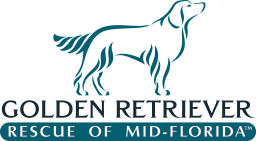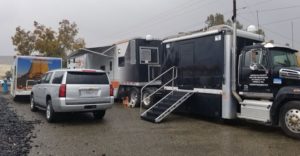What happens after the fire?
In my neck of the woods, we still have a huge ongoing mess to sort out with trying to reunite animals with their people following the devastating Camp Fire in California. Currently, there are three temporary emergency shelters that are caring for hundreds of dogs and cats (and other animals). It’s hard to get exact figures, but more than half of the animals have not yet been identified by any owners, for many reasons. Some people whose homes burned have had to move out of the area, or went to stay with relatives out of the area. Some people are staying in locations where they can’t have their pets. There may be people who have assumed that their pets perished in the fire, and who haven’t come to look for their pets; there may be pets in the shelters who belong to people who perished in the fire (the human death toll is at 88).
The job of caring for all these animals has fallen to volunteers. While the facilities are imperfect (understatement) and there has been an incredible amount of confusion and change in protocol on almost a daily basis, the incredible fact is that people keep coming out of the woodwork to help the animals. In the first few weeks, it was largely people who were already part of the North Valley Animal Disaster Group (NVADG, referred to locally as “nav-dag”).
As the thick smoke settles over the whole north half of the state, the volunteer force started to shift to people whose places of work were closed due to the unhealthy air quality. Of course, those people were supposed to stay indoors; that was the official recommendation of state and county public health departments. But teachers from K-12 schools that were closed showed up in great numbers, as did professors from universities and community colleges. It may be that no one realized exactly how many teachers had been showing up to walk dogs and clean cat boxes until the week after Thanksgiving, when many schools reopened – and for a few days, none of the shelters had quite enough people to help.
But the cavalry arrived in the form of volunteers and trained animal emergency responders from national animal welfare organizations. Consultants and hands-on help came from the Humane Society of the United States, Red Rover, the International Fund for Animal Welfare, American Humane Association, and the ASPCA. Employees and volunteers from other animal shelters in the north state have been arriving in twos and threes and have been sleeping in tents and cars and working 12-hour days.
I’ve worked alongside folks from the Humane Society of Silicon Valley and the San Francisco SPCA, who were here on their own dime and receiving no compensation, and barely any thanks or recognition. “It’s for the animals,” I heard again and again as I thanked people for their help.
It’s been an emotional roller coaster of frustration and sadness and exhaustion, occasionally punctuated with utter joy when someone shows up to recover their dog or cat. We even experience the joy third-hand; we can start crying tears of happiness if we hear about a reunion from another volunteer who witnessed it. The happy stories make it all worthwhile; we all just want to see these stressed animals get back into the hands of people who love them.
**Written by Nancy Kerns, Whole Dog Journal Editor-in-Chief

